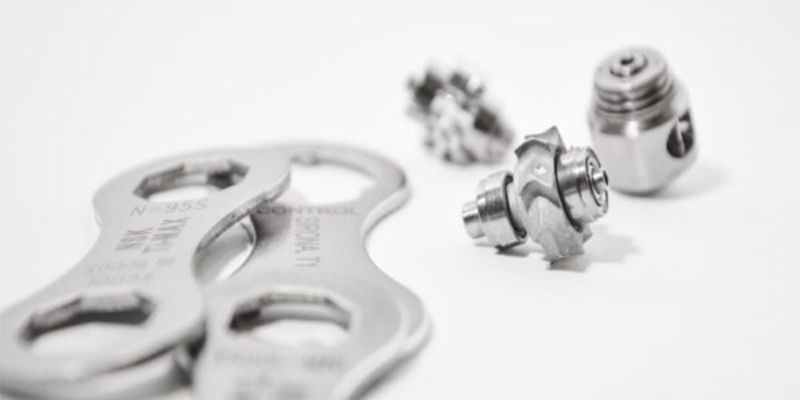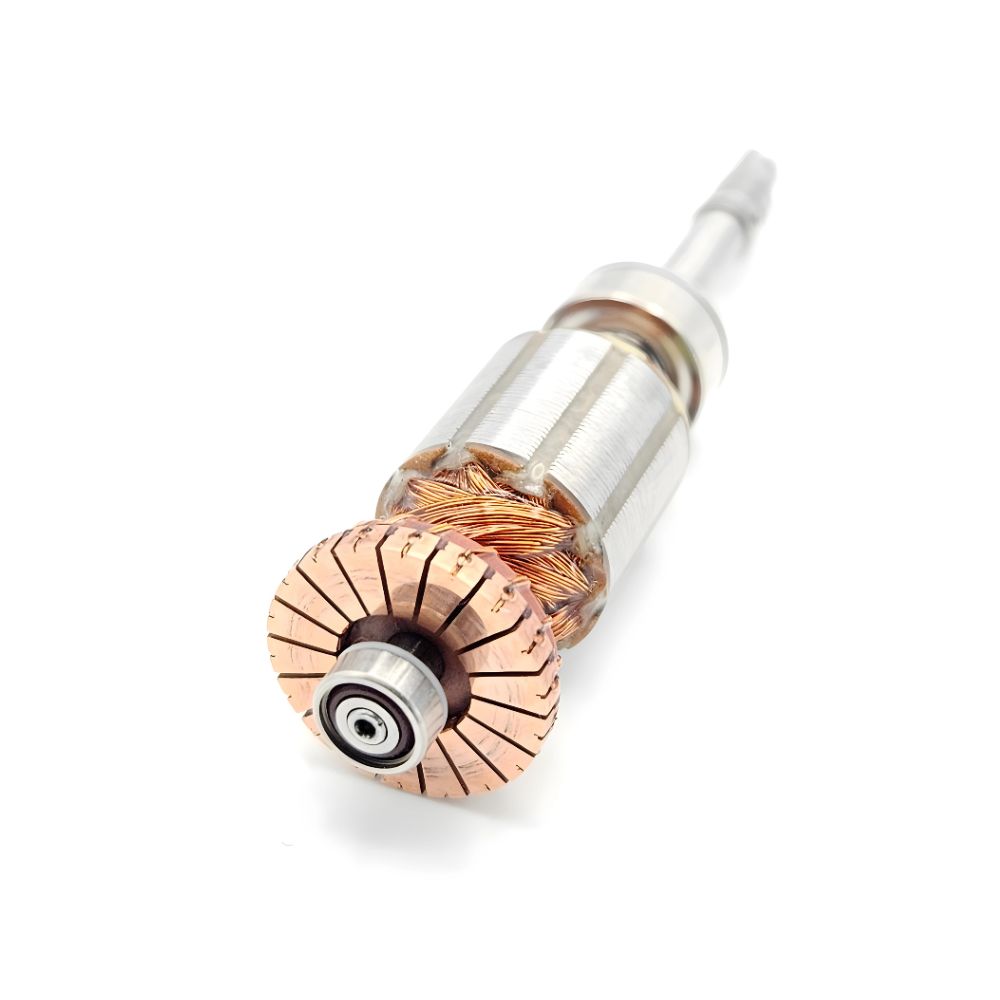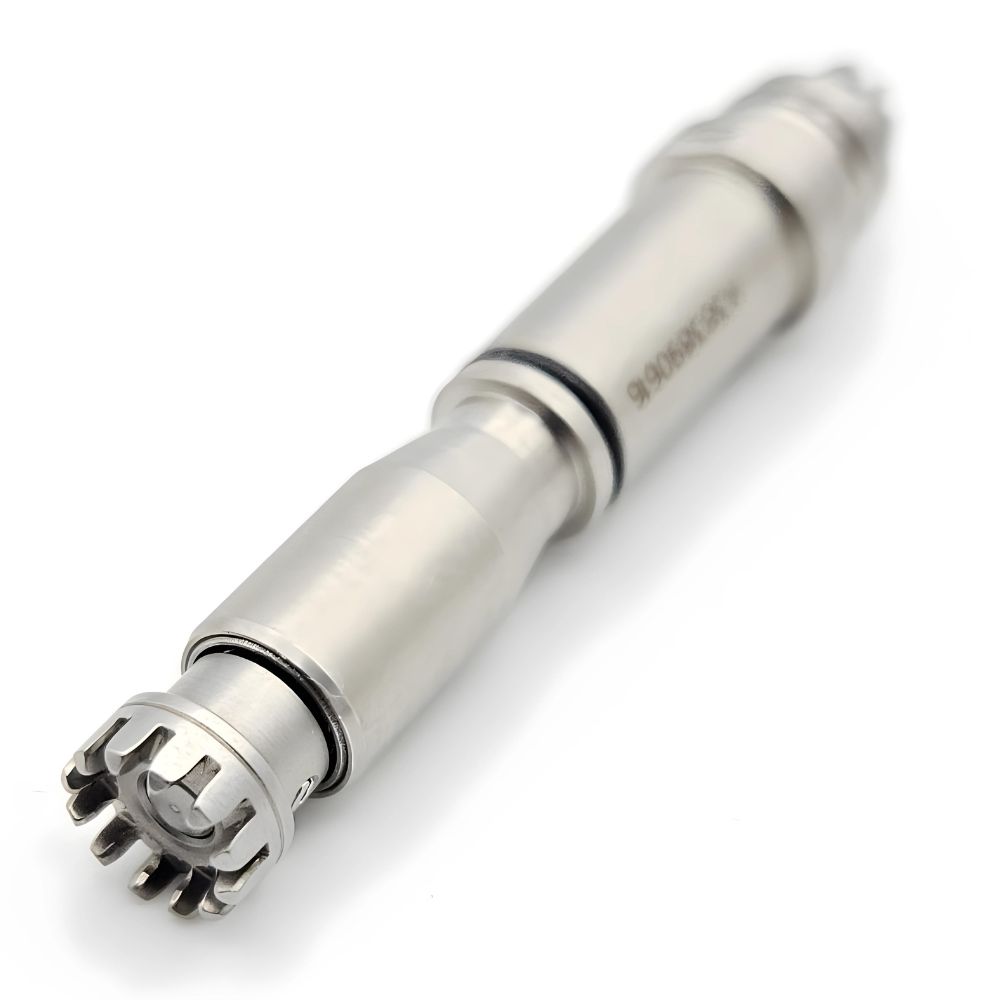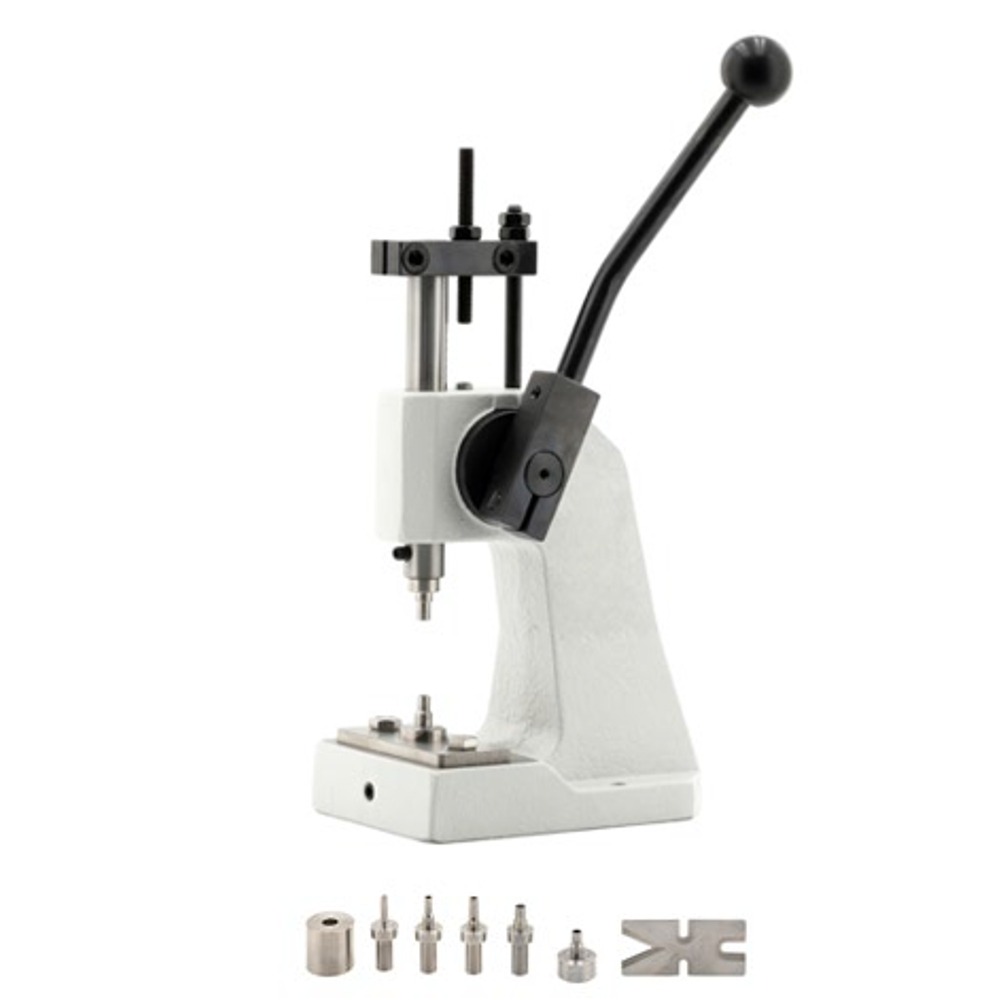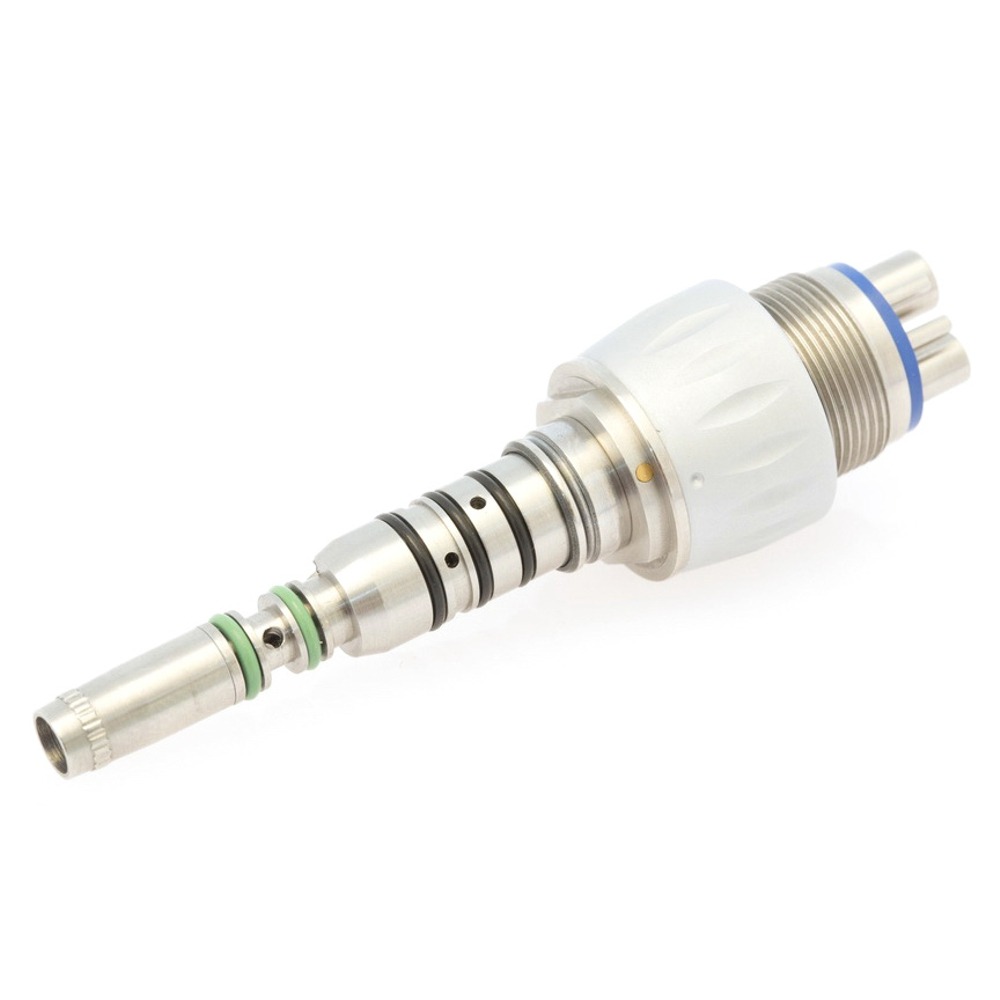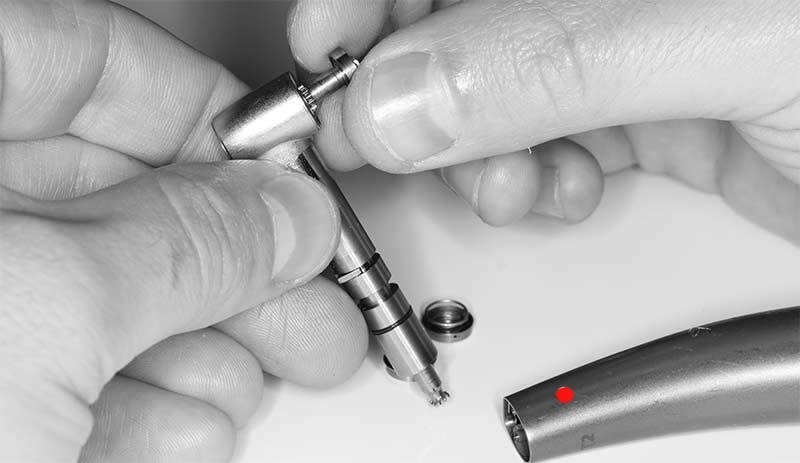Лесни настройки за това как да смените турбината на зъболекарския наконечник
Смяна на турбината на зъболекарския наконечник
Съдържание
- 1 Смяна на турбината на зъболекарския наконечник
- 2 What instruments are necessary to have to make a turbine rotor replacement?
- 3 1. Necessary tools and materials
- 4 Why cleaning a dental handpiece it is important
- 5 The Benefits
- 6 Safety Precautions
- 7 6. Unscrew the Back Cap of Turbine
- 8 7. Inspection
- 9 8. Cleaning
- 10 9. Installation
- 11 11. Replacing the Handpiece Cover
- 12 10. Verifying the Installation of the Turbine
A Step-by-Step Guide how to change a turbine rotor
Dentists struggle with the high cost of servicing their own instruments and one of the most important and daily intensive instruments used are dental turbines.
In fact, repairing a dental turbine is not as challenging as you might think.
What instruments are necessary to have to make a turbine rotor replacement?
In 98% of all repairs of a dental turbine, you don’t need extra инструменти. You need to buy a wrench (and you can buy also one with a replacement rotor from our online store) this is necessary to unscrew the back cap of the turbine and to screw it back, rest of the instruments like Tweezers, dental explorer and cotton sticks or cotton rolls you already have in your dental studio.
If you drop the turbine and you see some dents in the head it’s better to avoid the next steps until you fix the head otherwise you will damage the new turbine rotor!!!
With a proper understanding of the process, it is possible to replace an old, worn-out turbine with a new one quickly and safely. This guide provides an overview of the necessary steps that should be taken when changing the turbine inside a dental handpiece.
How to change dental handpiece turbine
Buy Here Replacement Sirona Turbine Rotors for High Speed Handpieces
1. Necessary tools and materials
Having the right specialized tools allows dental professionals to properly access, disassemble, clean, lubricate, and reassemble dental turbines during rotor replacements and maintenance. This helps ensure optimal turbine performance and longevity.
The specific tools needed can vary based on the накрайник model, but generally, you will need:
- Handpiece repair kit which includes turbine rotor and wavy washer with O-rings
- Torque wrench
Смяна на turbine rotors must have in kit: O-rings и wavy washers in case they are installed as manufactured and every time you install new turbine rotor you must replace them as the manufacturer recommends.
Tools needed in order to safely change the turbine in a dental handpiece.
- Cotton swabs – Useful for cleaning and applying lubricant inside the turbine head.
- Soft brush – To gently brush away debris during cleaning.
- Turbine wrench – Fits and unscrews the turbine head
- Dental Explorer – Need to extract O-rings and wavy washers and install them back.
Why cleaning a dental handpiece it is important
Proper cleaning and lubrication are crucial for dental handpiece maintenance, helping ensure sterility while maximizing performance and longevity between uses. Carefully following manufacturer recommended best practices protects your investment when cleaning highspeed turbines or slowspeed attachments.
Handpieces harbor saliva, blood, and debris internally after procedures which must get flushed out completely to avoid cross-contamination risks or biofilm buildup degrading inner precision components over repeated uses. Thorough scrubbing with enzymatic solution breaks down organic residue from reach crevices. Appropriately diluted disinfectants then kill viral or bacterial loads from water channels and gear shafts without degrading delicate parts vulnerable to concentrated chemical damage when guidelines are ignored.
Equally vital, sufficient lubrication from spray coolants or manual oils feeds rotating rotor shafts, drive gears, and bearings preventing excess friction wearing down tight clearances engineering optimizing transmits power output transferring tip attachment tools seamlessly. Compressed airline moisture filters also help keep vital internals corrosion free maximizing longevity reducing repair frequency saving overhead better spent updating capabilities modernizing patient experiences advancing your capabilities as dentistry evolves.
By dedicating proper time handhygiene upgrading protocols reflecting scientific guidance, equipment caretakers ensure productivity, and reliability, while reassuring patients best practices are vigilantly implemented at every opportunity. An ounce of prevention here makes a pound difference realized quickly indeed both clinically and financially! Please let me know if you would like me to elaborate on any specific areas further relating to proper dental handpiece maintenance.
The Benefits
The process of changing a turbine in a dental handpiece can provide a number of benefits. Replacing the turbine in a handpiece can help improve the working condition of the instrument. Additionally, a new turbine can reduce vibrations and noise during operation, leading to a more comfortable experience for both the patient and the dentist. Lastly, a new turbine can extend the life of the handpiece and allow it to function more efficiently.
Safety Precautions
When changing the turbine in a dental handpiece, a number of safety precautions should be taken. It is important to ensure that the turbine is extracted from the hose and additionally, protective gear such as goggles, a face mask, and gloves should be worn to protect the user from any debris or sharp edges.

6. Unscrew the Back Cap of Turbine
Every turbine has it is own destination for dental treatment purposes and there are different types of heads designed for dentists to get the best result the dentist can obtain with this instrument.
Usually, every Back Cap named also Press Button has their own size and that is why you will need the key exact which will fit your turbine. In our store is very easy to identify the right one because you just have to find it in the right category of the menu of the site or to search on the site in the search bar by writing only Brand + model like “NSK M600L” and you will get in search result all the parts and tools available from our store. Just select the key and finish the process of acquisition.

Please be careful that on some models like Sirona Turbines, there are different variations of back caps also of turbine rotors because the Sirona at same model created different versions of rotors /back caps and tools and you must take a look at your turbine Serial Number (which is written as SN … for example SN 653 000 and in this case you have to select rotors and key with Serial Number Over 600 000)
Once the Key is available you need to unscrew the back cap/press button. which sometimes is extracted with old damaged/used rotor.
This is how you can change dental handpiece turbine easy in your dental studio.
7. Inspection
Once the turbine has been removed, it is important to carefully inspect it for signs of wear and tear. In some cases, the turbine may be damaged beyond repair and may need to be discarded. Similarly, if the turbine is excessively worn, it should also be discarded and replaced with a new one.
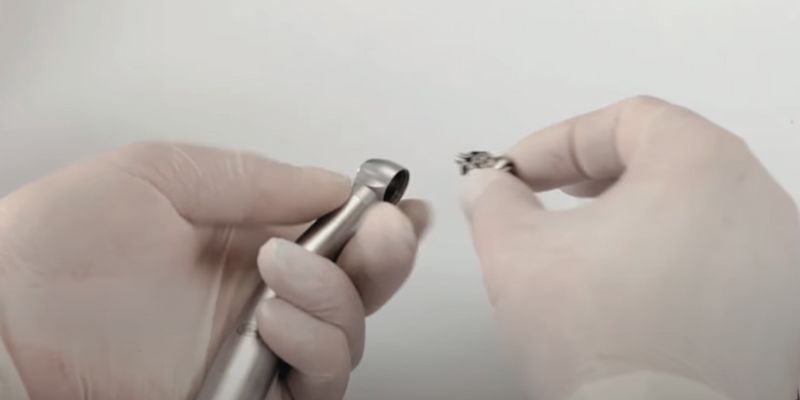
8. Cleaning
Before installing the new turbine, it is important to clean the area where the turbine will be placed. An alcohol-based solvent can be used to remove any debris or contaminants that might have gotten in the handpiece. Additionally, a soft cloth should be used to carefully clean any other parts of the handpiece to ensure a secure installation.
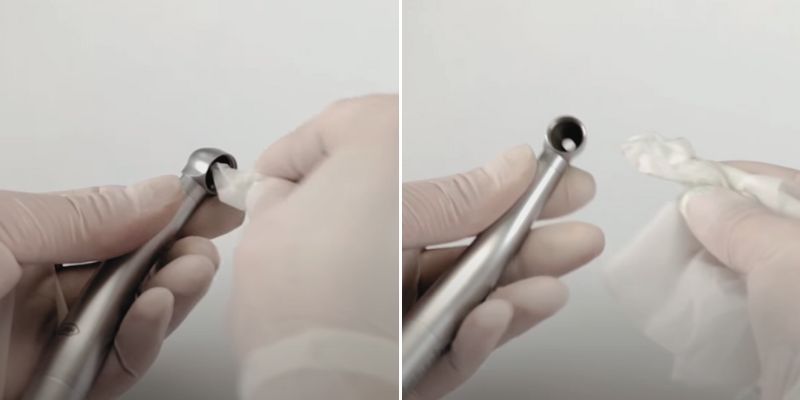
9. Installation
Once the handpiece has been cleaned, the new turbine rotor can be carefully installed. Specialized tools should be used to ensure that the turbine is properly fastened and securely placed in its housing. Additionally, a small amount of lubricant can be applied to the turbine for smoother operation.
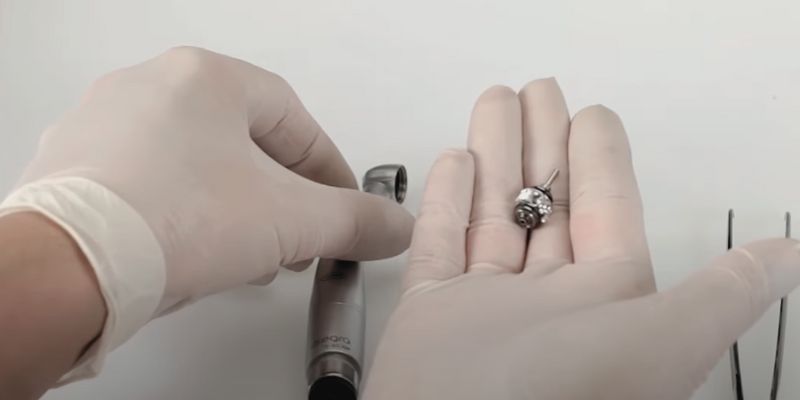
11. Replacing the Handpiece Cover
Once the turbine has been verified, the handpiece covers the Back Cap should be put back on to protect the internal components of the instrument. Specialized tools should be used to ensure that the cover is securely attached and that all of the fasteners are tight.


10. Verifying the Installation of the Turbine
The installation of the new turbine should be verified to ensure that it is properly secured and functioning correctly. This can be done by running the handpiece and listening for any abnormal sounds or vibrations. If any are detected, the turbine should be re-attached to check for any loose connections.
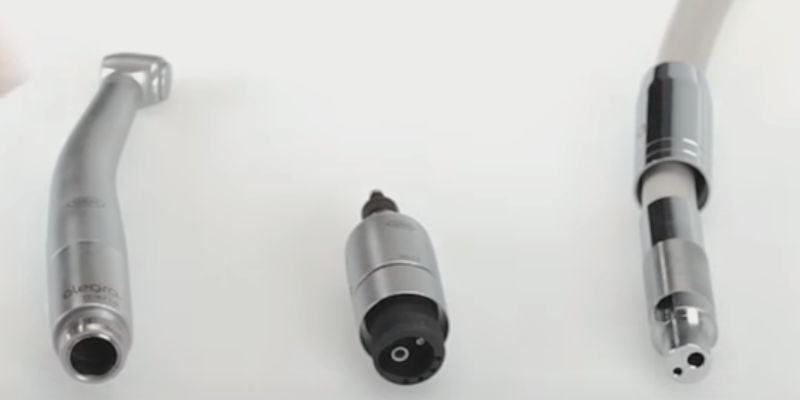
12. Final Thoughts on Changing a Dental Handpiece Turbine
Changing the turbine in a dental handpiece requires specialized tools and a thorough understanding of the process. With the proper safety precautions, materials, and instructions, it is possible to complete the job quickly and safely. Replacing a worn-out or damaged turbine can help improve the performance of the handpiece and extend its lifetime.
Changing a turbine in a dental handpiece can be a challenging task. However, by following this guide, it is possible to replace an old, worn-out turbine with a new one quickly and safely. With the proper instructions and materials on hand, dentists can rest assured that the process of changing the turbine in their handpiece will be safely completed. Hope this article written by our technician on how to change dental handpiece turbines will be helpful for you.
FAQS: HOW TO CHANGE DENTAL HANDPIECE TURBINE
Dental handpiece turbines can wear out over time due to continuous use, leading to a decrease in performance. Changing the turbine can restore the handpiece’s efficiency and effectiveness during dental procedures.
While changing the dental handpiece turbine might be possible for some individuals with technical skills, it’s recommended to seek professional help. Dental handpieces are delicate instruments, and incorrect installation could damage the equipment or compromise patient safety.
The specific tools needed can vary based on the handpiece model, but generally, you might need a handpiece repair kit, torque wrench, replacement turbine, gloves, safety glasses, and cleaning supplies.
The frequency of turbine changes depends on factors such as usage, maintenance, and the quality of the handpiece. On average, turbines might need replacement every 6 to 12 months in a busy dental practice.
Common signs include decreased cutting efficiency, increased vibration, strange noises, or a noticeable decrease in handpiece performance. If you notice any of these issues, it’s time to consider replacing the turbine.
It’s best to use replacement turbines recommended by the handpiece manufacturer or a reputable supplier. Using compatible and genuine parts ensures optimal performance and prevents potential damage to the handpiece.
Absolutely. Ensure the handpiece is properly sterilized and disconnected from air and water lines. Wear appropriate protective gear, and read the manufacturer’s instructions thoroughly before attempting any replacements.
Yes, you can sterilize the new turbine following the manufacturer’s guidelines. It’s important to maintain proper hygiene to prevent cross-contamination during dental procedure
Carefully follow the manufacturer’s instructions step by step. Avoid applying excessive force, use appropriate tools, and work in a clean and organized environment to minimize the risk of damaging the handpiece.
Yes, it’s essential to lubricate the handpiece turbine as per the manufacturer’s recommendations. Proper lubrication ensures smooth operation and extends the lifespan of the turbine. Typically, this might be done before each use or as directed.
Remember, when in doubt, it’s always a good idea to consult with professionals who specialize in dental equipment maintenance or contact the handpiece manufacturer for guidance.


